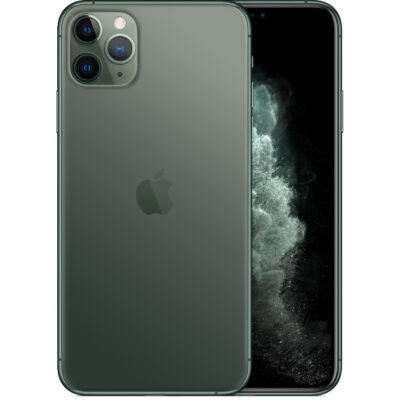No products in the cart.
Purpose of the Proximity Sensor
- Screen Behavior During Calls:
- The proximity sensor turns off the screen when you hold the phone to your ear during a call. This prevents accidental touches on the screen and saves battery life.
- Wake and Sleep Behavior:
- Helps in waking or putting the screen to sleep based on the phone’s position relative to your face or a surface.
- Face ID Integration (on supported models):
- Works alongside other sensors to detect your face and ensure proper authentication during Face ID setup and use.
- Power Efficiency:
- Disables unnecessary screen activity to conserve battery when the sensor detects no interaction.
Common Issues with Proximity Sensors
- Screen Not Turning Off During Calls:
- If the sensor isn’t functioning, the screen might remain active during calls, leading to accidental touches.
- Screen Not Waking Up Properly:
- The screen may fail to wake up when needed, such as during phone calls or Face ID use.
- False Triggers:
- The sensor might incorrectly detect proximity, causing the screen to turn off or dim when it shouldn’t.
Repair and Replacement
- Causes of Damage:
- Physical damage or exposure to water
- Professional Repair Recommended:
- Replacing or repairing the proximity sensor involves accessing internal components, which can be complex. It’s best done by a professional technician.
Summary
The proximity sensor is a vital component of the iPhone, enhancing user experience and power efficiency. If it malfunctions, it can lead to issues like the screen staying on during calls or problems with Face ID. For repairs or replacements, always opt for professional repair services to ensure full functionality and compatibility with your iPhone.









Reviews
There are no reviews yet.